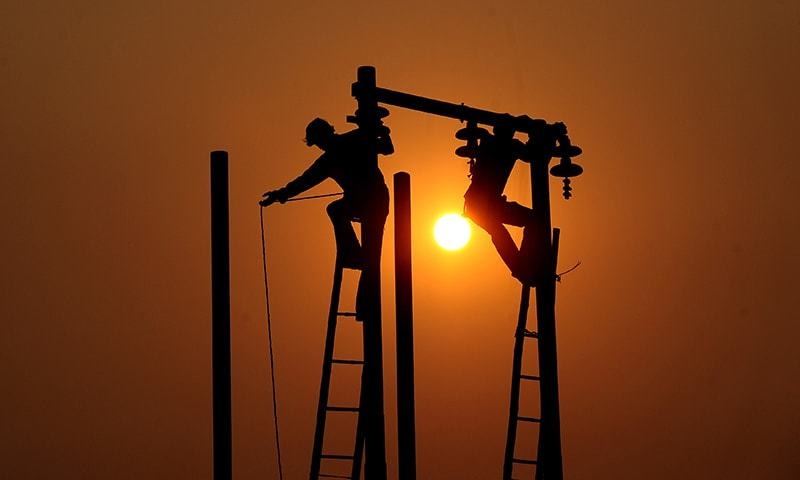Balochistan, the country`s area-wise largest province of Pakistan, is faced with an electricity crisis in these flash floods. A power supply of 220kV has been stopped from Uch-Sibi transmission line to the province on Thursday, August 26 afternoon, the Quetta Electric Supply Company (QESCO) spokesperson said.
Due to the suspension of 220kV from the Sibbi grid station, the power supply to Quetta, Mastung, Nushki, Chaghi, Dalbandin, Kharan, Pishin and Chaman grid stations are effected, the QESCO spokesman told Quetta Voice.
Balochistan residents were still having issues since the authorities were unable to restart the province’s gas and power supplies. The main gas pipeline was damaged in the Bolan area of Balochistan after the entire valley was flooded. The flooding was so severe that the Sui Southern Gas Company (SSGC) was even unable to start the repair work.
An SSGC spokesman stated that the technical team had started repair work on Tuesday and that the gas supply should be restored within the following three days.
The residents of Quetta shifted to using liquefied petroleum gas (LPG) in place of the gas supply. Long lines of people were seen outside the LPG stations in Quetta on Tuesday.
However, a high demand of LPG sent its prices skyrocketing. On Tuesday, long queues of people were witnessed outside the LPG outlets in Quetta. “We are purchasing gas at Rs400 per kilogram,” Nizam Khan, a Quetta resident said. “People have no option but to pay high prices,” he added.
Similarly, the Quetta Electric Supply Company (QESCO) was unable to restore power supply to Quetta and other parts of Balochistan. The internet cellular services were also disrupted. This situation compounded the problems of flood-stricken people.
Moreover, Mobile networks and internet services have been suspended in most areas of the province due to poor weather and power shortage.
Balochistan government under strong criticism after video emerges of Chief Minister’s helicopter throwing food bags from a high flying helicopter. The bags of flour burst in front of starving flood victims that have not had food supplies for weeks due to the devastating floods. pic.twitter.com/pHqgTfPtcX
— The Balochistan Post – English (@TBPEnglish) August 31, 2022
Current power demand of Balochistan, the largest province in terms of area, is around 1,650MW but it is being supplied in the range of 400MW to 600MW, resulting in massive electricity shortages. Thus, persistent and regular load-shedding of 12-18 hours in major towns, excluding capital Quetta, is a matter of routine, whatever the season. The situation in the rural areas, where 85 percent of the total 13.16 million population lives, is worse as electricity is available only for four hours on a daily basis, while there are areas that are not linked with the national or regional grid systems at all. Consequently, the agricultural, industrial and trade activities in Balochistan grossly suffer, besides civic problems, and it still remains the least- developed province.
Read more: Pakistan’s Balochistan province communication links snapped by floods
Hey! My name is Mahnoor and I joined Rangeinn as the content & News Writer. Currently, I’m doing my Bachelors in International Relations.







